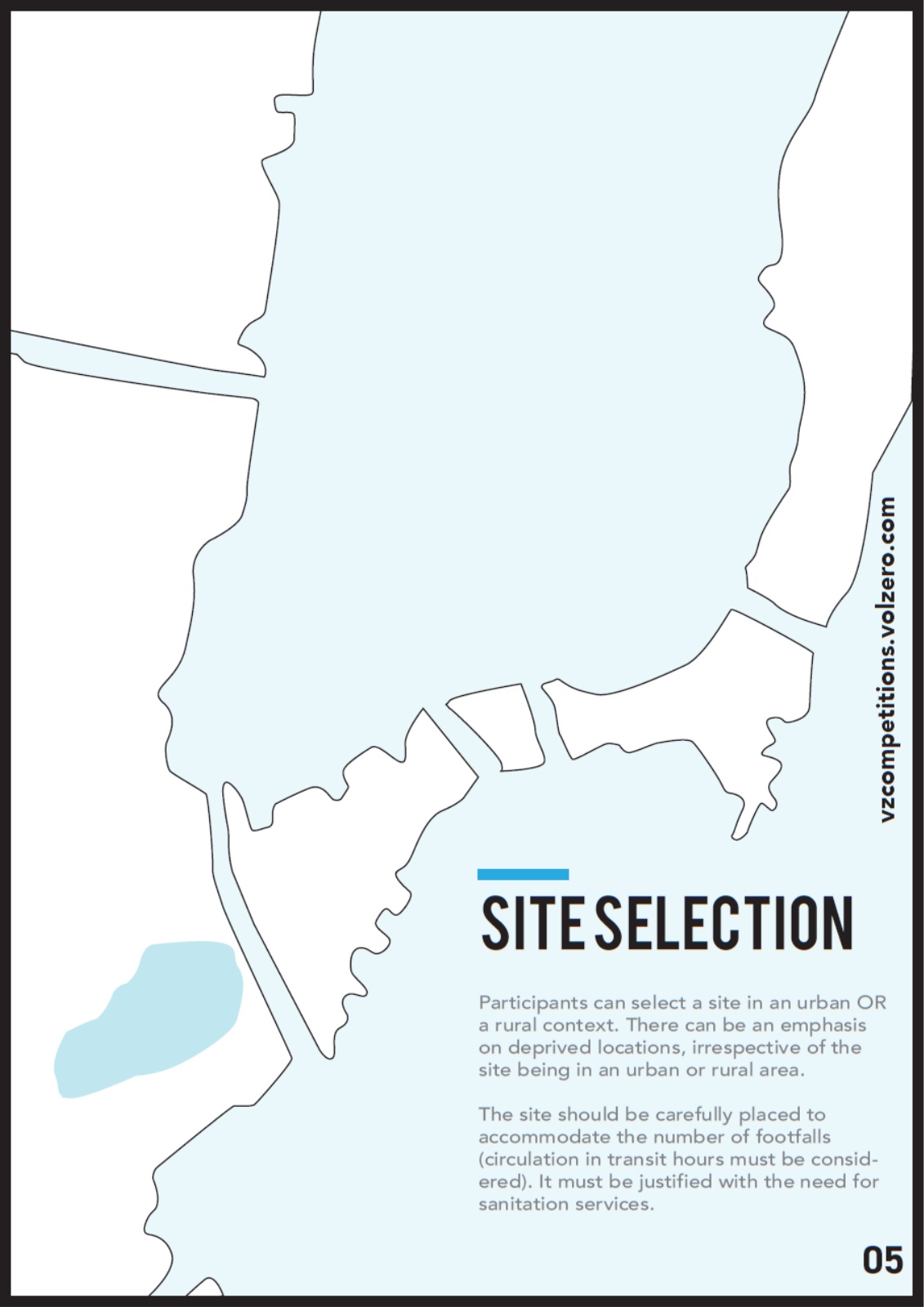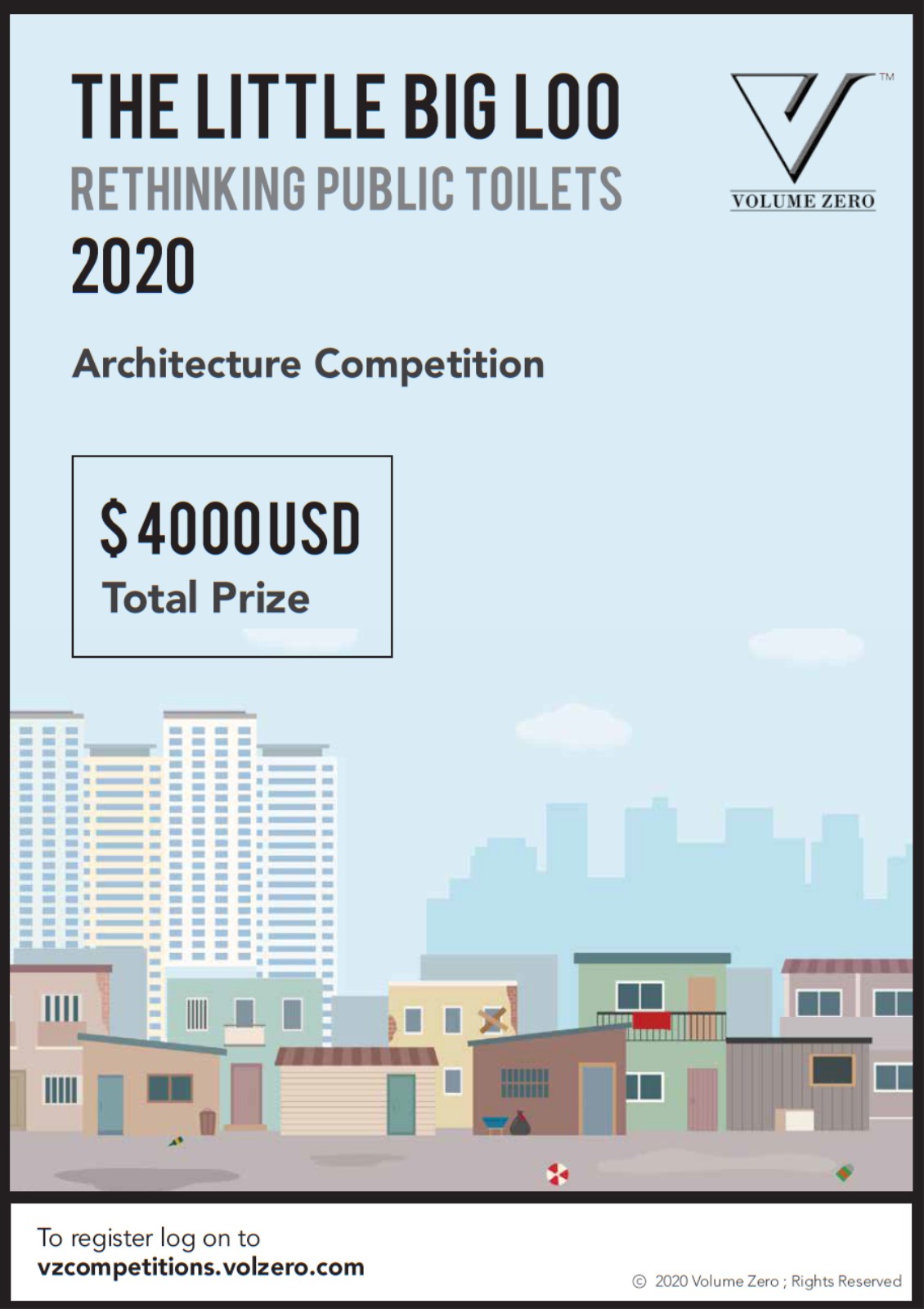Rapid population growth in urban areas usually gets coupled with poor planning of physical and social infrastructure along with a lack of individual and communal sanitary consciousness. The rural areas in many developing countries face a lot of problems caused by poor sanitation facilities such as pollution of water sources, a high rate of waterborne diseases, and high expenditures on curative health care.
Open defecation and urination are still rampant in urban and rural areas of developing economies and such practices pose a grave risk to the health of the citizens. The World Health Organization and UNICEF link open defecation with grim issues such as poverty, malnutrition, child mortality and large disparities between the rich and poor. Around the world, around 827,000 people from low to middle-income countries die because of inadequate water, sanitation and hygiene each year.
Poor sanitation is believed to be the main cause of almost 50% of these deaths. The world is currently facing the COVID-19 pandemic, a calamity of an unforeseen scale that has struck almost every nation. We have also been through other epidemics like SARS, wherein a sizeable portion of the population suffered. Poor sanitation is also one of the prime factors in the onslaught and spread of epidemics and pandemics, calamities that cripple the world’s economy and social fabric.
Opportunities
Rethinking Public Toilets invites ideas that can be used to disrupt the perception of public toilets with the most innovative and efficient solution for this serious issue plaguing our future. This necessary public utility is to be designed in a way that changes the overall outlook towards public washrooms. The designed area can be recreational, educational, social; a space that creates value for the community surrounding it.
The space should be visualized as a prime component in the making of a community that develops holistically; a community that is competent in social, economic and educational terms. “We shall not defeat any of the infectious diseases that plague the developing world until we have also won the battle for safe drinking water, sanitation, and basic health care.” – Kofi Annan Nobel Peace Prize laureate, Secretary-General of the United Nations 1996-2006.
Challenge
Participants should unlearn how a conventional public toilet looks like and design an innovative, functional and a visually appealing design that serves as a building icon, synchronizing with the surrounding context. The primary use of the designed structure should be as a public toilet. Alongside this, the structure should be innovatively designed as a space for community interaction, in addition to its primary function.
The space should be additionally visualized as a recreational/ educational/ social/ urban functional area. The total area of the space should not exceed 100 sq.mt. All age groups of the demography should be able to use the space. The additional space aspect of the toilet should add value to society and the site’s context. The design should be efficient in terms of planning, hygiene, odour-free surrounding and space usage. The designed toilet should be comfortable/ convenient to use.
The design intervention should be aimed to address the efficiency of public restrooms, their sanitary facilities, spatial distribution and mainly, privacy and comfort, which ultimately improve peoples’ lives. The design can act as a module, which can be replicated in different areas similar to the site context chosen. The design should be capable of catering a footfall of 250-500 people. “Sanitation is more important than independence”- Mahatma Gandhi Indian nationalist leader
Site Selection
Participants can select a site in an urban OR a rural context. There can be an emphasis on deprived locations, irrespective of the site being in an urban or rural area. The site should be carefully placed to accommodate the number of footfalls (circulation in transit hours must be considered). It must be justified with the need for sanitation services. Source and images Courtesy of Volume Zero.
- Awards
- Prizes of total USD 4000, broken down as follows:
- 1st Prize: USD 2000 + Certificate + Publication 2nd Prize: USD 1200 + Certificate + Publication 3rd Prize: USD 800 + Certificate + Publication
- 10 Honorable mentions: Certificates
- Winners and Honorable Mentions will be published on Volume Zero website and several international architecture and design magazines.
- Schedule
- Early Bird Registration: 13thApril 2020 to 18thJune 2020
- Standard Registration: 19th June 2020 to 24thJuly 2020
- Last Day for Queries: 16thJuly2020
- Closing Date for Submission: 31stJuly 2020
- Announcement of Winners: 1stOctober 2020





